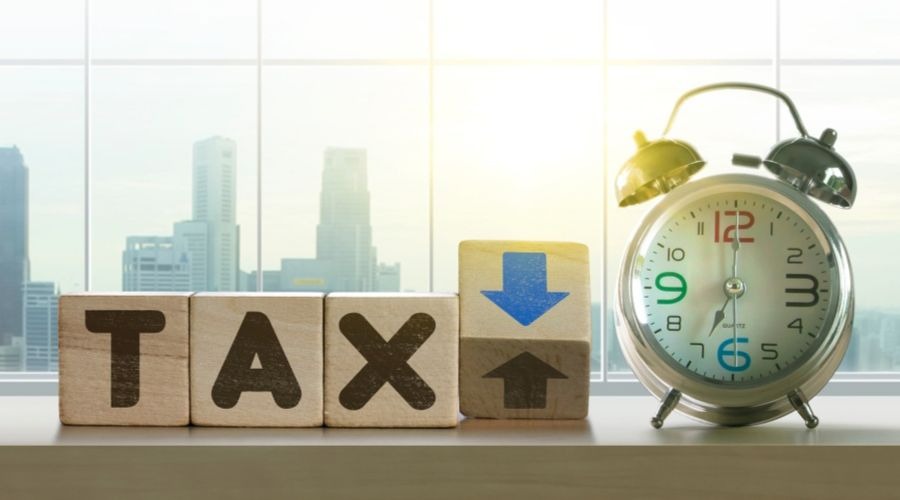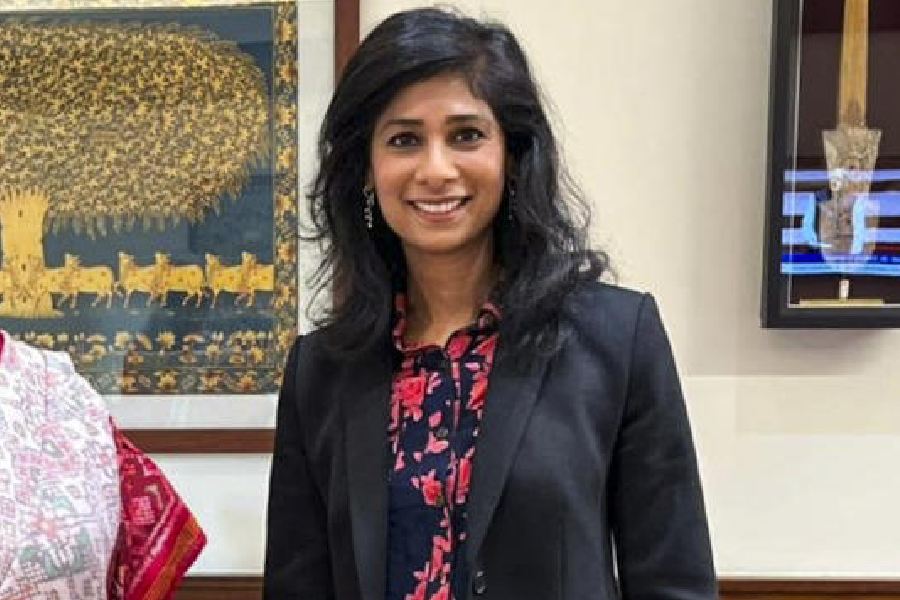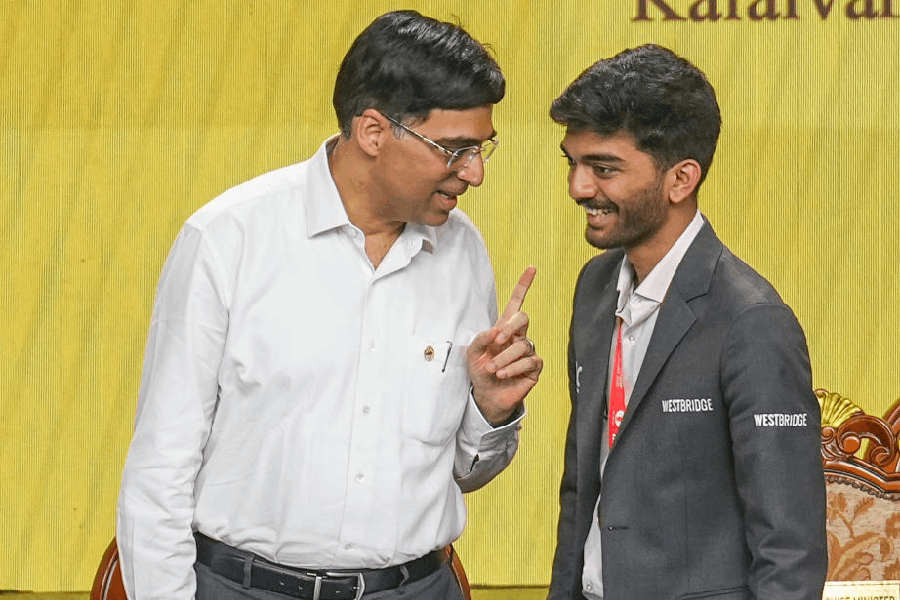Taxpayers with income from business or profession are looking for real simplification in income tax provisions that will push the envelope up in terms of ease of doing business and achieve the broader objective of ensuring tax compliance. The tax burden also needs to moderated. Here is a small compendium of suggestions that would make life more bearable for taxpayers who have been battling a stressful period brought on by a raging pandemic.
The present monetary limit under Section 44AA requires maintenance of books of account in case income exceeds Rs 2,50,000, or sales or turnover or gross receipts exceeds Rs 25 lakh in a year or three preceding years. These limits needs to be at least doubled from the existing levels.
Business income
Business income under the presumptive scheme under Section 44AD is computed at 8 per cent of the turnover. However, in the case of sale by cheque/credit card (that is, other than cash), the profit is considered at 6 per cent.
The new phenomena of online supply at home, without extra cost, has increased the cost of suppliers and it has also led to tough competition for the traders’ community. Therefore, the presumptive profit in the case of cash sale should be reduced to 6 per cent. In the case of sale by cheque/credit or debit cards etc, it should be pegged at 5 per cent.
Income of professionals
The income of those engaged in profession is computed under presumptive scheme under Section 44ADA at 50 per cent of the gross receipts, which is prohibitive. The R.V. Easwar committee had suggested the rate should be 33 per cent. In view of the multiplicity of expenses and outgoings for professionals, the rate of presumptive income in the case of profession should be taken at 30 per cent for sale by cheque/credit card etc (other than cash). For realisation in cash, it ought to be kept at 33 per cent.
Only those professionals can opt for the scheme whose gross receipts do not exceed Rs 50 lakh. This limit should be raised to Rs 1 crore. This has also been suggested to the finance minister in a representation made by the Direct Taxes Professionals Association. The moderate presumptive rate and increased monetary limit will inspire more professionals to opt for the presumptive tax scheme.
The monetary limit for tax audit of accounts for businesses is sale or turnover of Rs 1 crore and, for professionals, it is gross receipts of Rs 50 lakh. This needs to be reviewed and be doubled. For the purpose of Section 44AA and 44ADA, all professions, including management consultancy, financial consultancy, economic advisory services should be covered. The broad definition will simplify the tax system and make compliance easy.
Deemed income
The scope of deemed income needs to be substantially curtailed. A pragmatic system should be introduced to tax real income which can be substantiated by evidence such as investments and other data reported in Form 26AS. For the transfer of immovable property, the sale consideration is the stamp duty value for business as well as others. The determination of stamp duty value is not scientific and hefty in most of the cases.
Section 68 gives discretionary powers to the assessing officer to treat any cash credit, loan or any amount credited in the books of account of the assessee. Likewise, the assessing officer may deem under Section 69, unexplained investments as income; under Section 69A, unexplained money, jewellery and other valuable articles can be deemed as income, while Section 69B provides for deeming income for investments in acquiring jewellery or other assets not fully disclosed in books of account.
Further, Section 69C empowers the officer to deem income of unexplained expenditure. In all these sections, the common barometer is satisfaction of the assessing officer about the explanation offered by the taxpayer.
There is a big question mark on how “satisfaction” is measured or determined. There is no proper yardstick and the taxpayers often have to suffer because of arbitrary decisions of the officer, resulting in enormous litigation. The deemed income under Section 68 to 69D is taxed under Section 115BBE at the rate of 60 per cent plus 25 per cent surcharge and 4 per cent education cess.
The effective aggregate rate comes to 78 per cent. If the assessing officer makes addition penalty under Section 271AAC levied at 10 per cent of the tax, the overall burden will be 84 per cent. This needs urgent review.
It is desirable that tax under Section 115BBE is 30 per cent or the maximum marginal rate. The rate was basically increased drastically because of demonetisation. It should be brought back to the level of pre-assessment year 2017-18.
Taxpayers will be hoping that the finance minister will ponder over these suggestions while framing her budget.
The writer is a tax advocate










